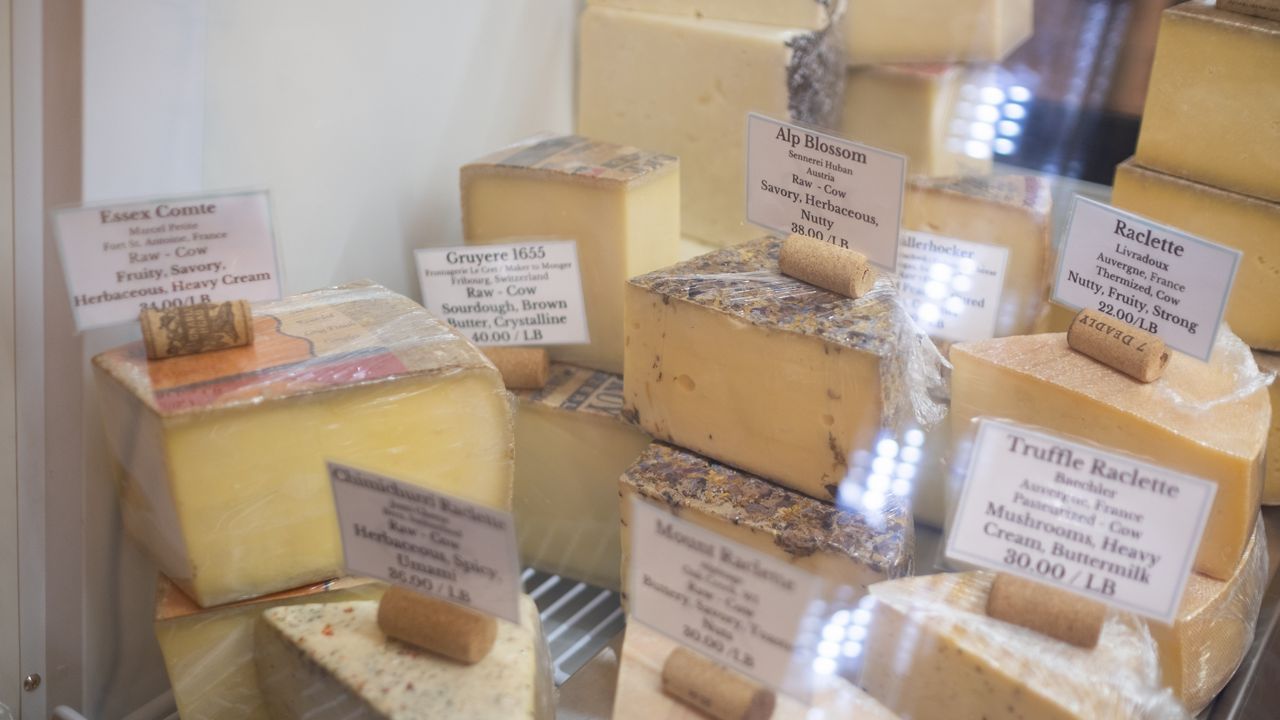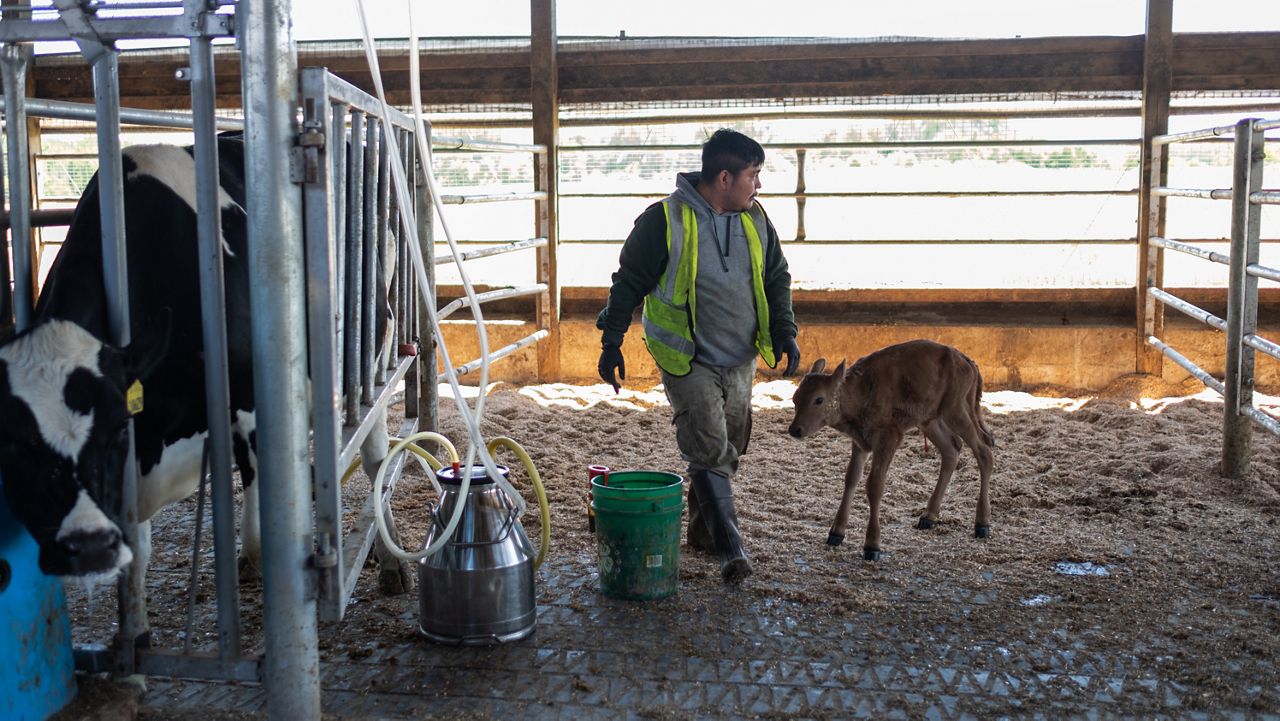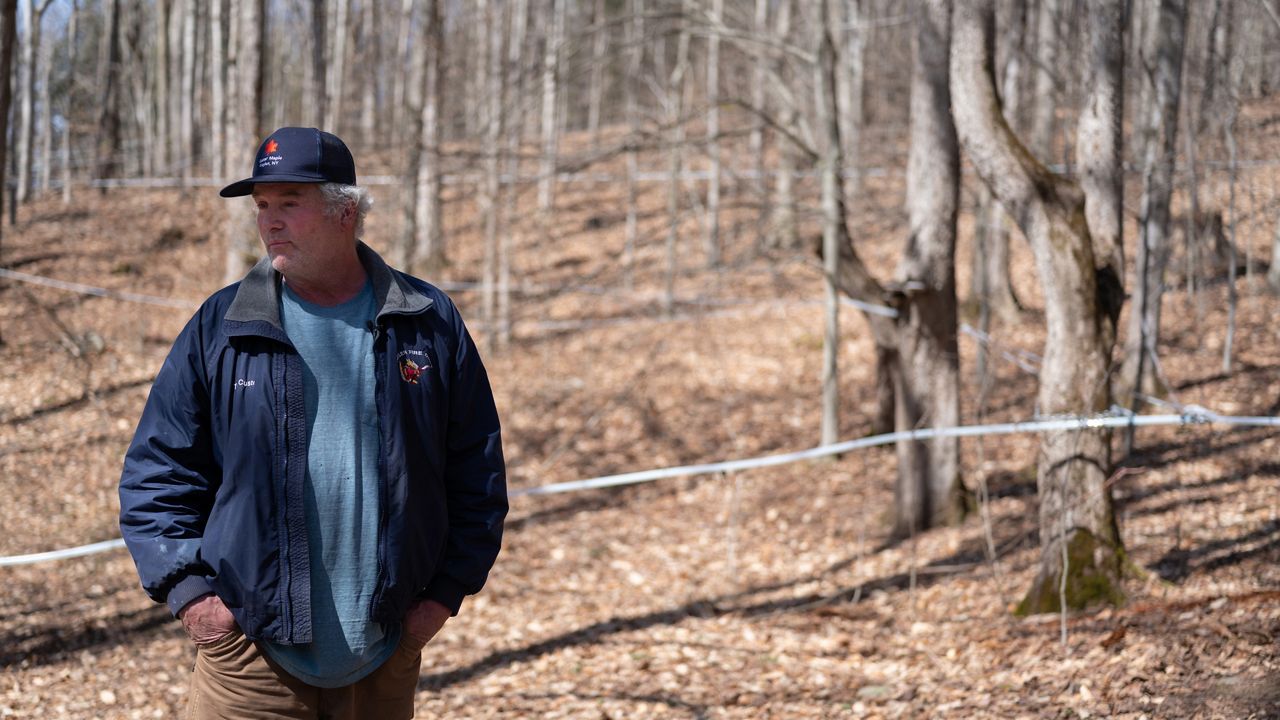Competition between agriculture and solar development in the Northeast continues, but some researchers suggest they don’t need to be mutually exclusive endeavors.
Max Zhang, a professor of mechanical engineering at Cornell University is researching agrivoltaics, which combines solar panels with agriculture.
“We set up microclimate monitoring at solar farms to understand how much solar radiation can reach the ground under the panel or near the panel, what is the soil moisture like, temperature — so those all have a direct implication on what kind of crops can thrive under those conditions,” Zhang said.
There is existing research that shows what crops can grow under certain conditions, so once Zhang has gathered that data, he will be able to look at what works best in specific regions.
Zhang said the competition between solar and agriculture comes from where these solar developments are placed.
“Especially in the Northeast, we are seeing this competition between energy generation and agriculture because they are competing for the same thing, which is sunlight. Solar needs sunlight to generate electricity and crops need sunlight to grow,” he said.
In New York, 44% of solar projects were sited on crop, pasture or hay land, and 58% were built on good quality soil or what has been defined as prime agricultural land, according to a report from Cornell University. This has driven research into how they can coexist.
“If you want to have thriving agricultural activities, ideally, you’ll want more sunlight reaching the ground, so we’re saying that likely you will need large panels or larger row spacing between the panels to enable more sunlight to reach the ground,” Zhang said.
A spokesperson for the New York State Energy Research and Development Authority said agrivoltaics is a new concept being explored in the state that could combine sustainable food and energy production.
It is rapidly growing through research and development throughout the United States and in New York. In November 2022, New York State’s Agricultural Technical Working Group formed a committee to advance the technology.
According to a report from NYSERDA, the ground around solar panels can be used as grazing land for cattle and sheep, and can support crops like hay, silage, and some specialty fruit crops like apples, pears, berries and grapes.





)



